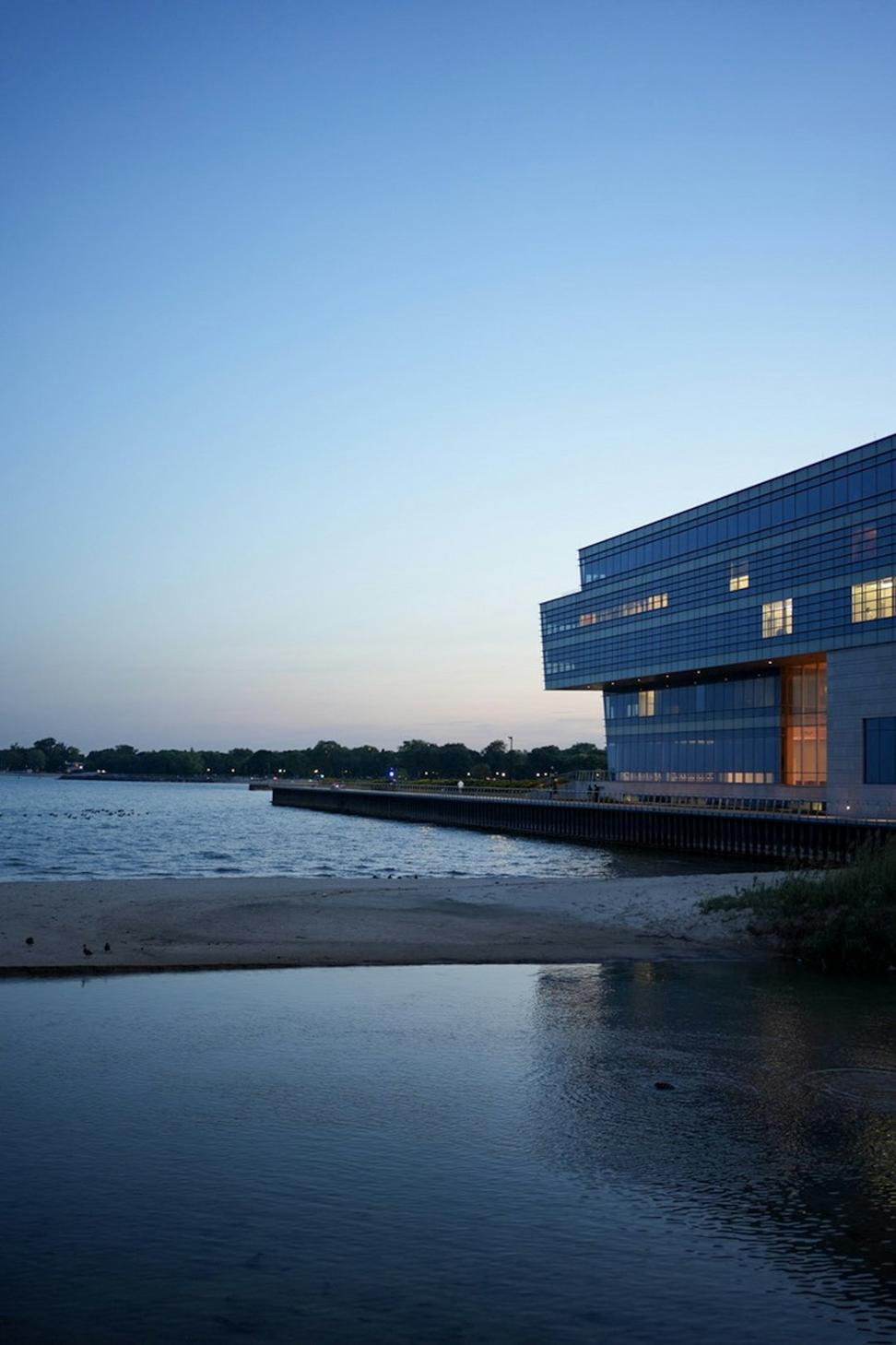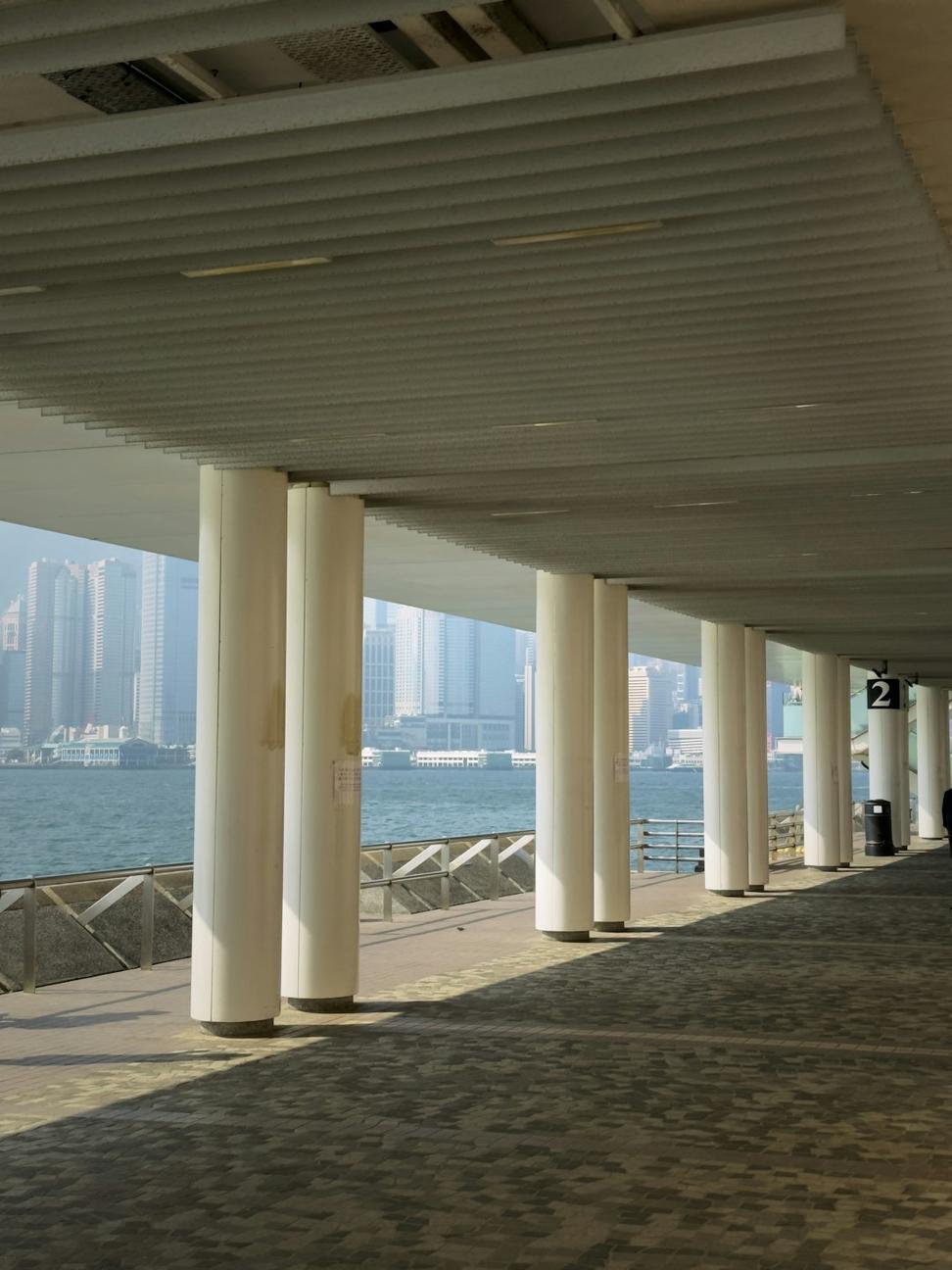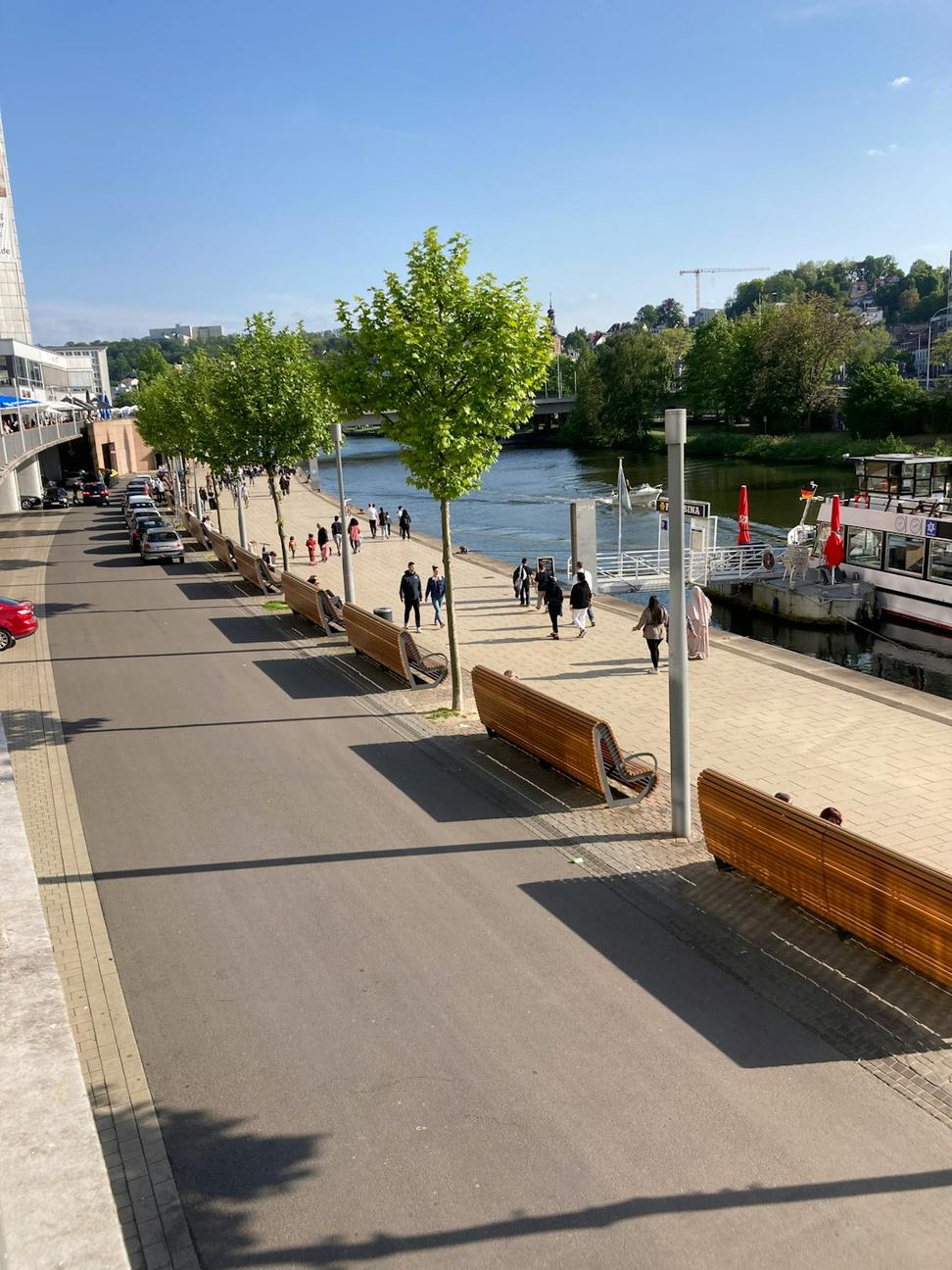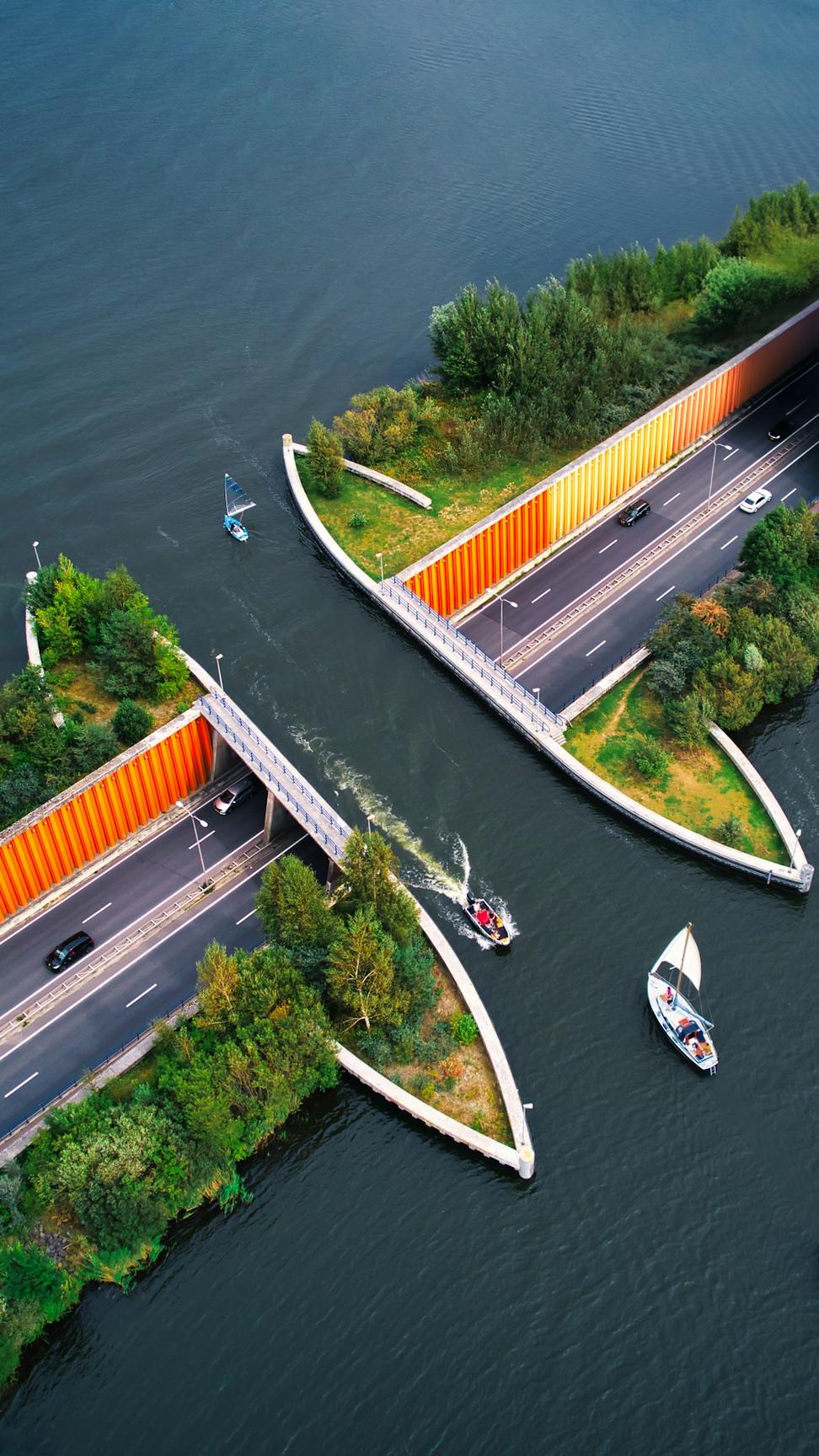
Tofino Glass House
Client wanted 180-degree ocean views without feeling like they're living in a fishbowl. The site's exposed to some nasty winter storms - we're talking Pacific swells that don't mess around. Ended up designing this layered glass system with integrated storm shutters that basically disappear when you don't need 'em. The foundation work was tricky because of the rocky shoreline, but we anchored deep and used the natural granite formations as part of the structural concept.
CHALLENGES WE TACKLED:
- Storm-rated glazing systems
- Erosion control & native vegetation integration
- Solar orientation with privacy screening



